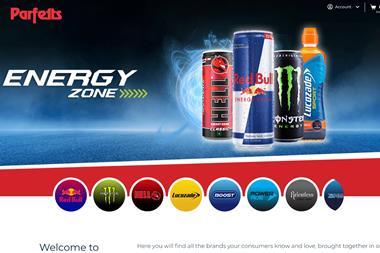
Two months into what we all know will be a challenging year, it was extremely positive to see Unilever announce a whopping £442m investment in digital marketing and e-commerce hubs.
The market needs big players leading the way and showcasing the importance of investing in brands, despite the current economic landscape. We all know household budgets are tight and although the cost of living is impacting everyone differently, it’s having a profound effect on shopper behaviour, as we’ve identified in our IRI Inflation Resilience Playbook.
Now more than ever is the time for brands to invest in maintaining awareness and driving mental availability, but nobody can afford to waste budget, so the devil is in the detail. Investment is just the starting point – solid planning and measurement is key to its success.
So what should brands be doing to ensure a return on investment?
Physical availability
Our experience working with hundreds of fmcg advertisers is that successful campaigns must consider physical distribution in the planning phase and utilise accurate data. Timing is everything, and one of the biggest mistakes is advertising a product that is yet to have meaningful distribution.
If you’re going to shout about a product, it’s crucial that for the duration of that campaign, the targeted shoppers can find the product. It may sound like a no-brainer, but the mistake can be made more often than you might think. The outcome is, you’re priming consumers to seek out a product that may not be there – and what do they do instead? Potentially buy into a competitor brand.
It’s crucial for brands to plan ahead and consider availability carefully. Stock lists must be accurate in order to manage effectiveness efficiently; on average, nine out of 10 stock lists we receive are incorrect. Assumptions on a product being available across an entire estate, for example, won’t cut it.
Whilst not everything a brand does will pay back in a short-term sales gain over 12 weeks, advertising can also build long-term equity over a period of six months plus. Balancing those needs requires analysis such as marketing mix to optimise precious budgets and avoid waste.
There is little point in big brand investments if you can’t measure effectiveness and showcase that return on investment – which is even more crucial at times like these.
Mental availability
Building mental availability – ensuring consumers know, understand and are primed to buy your brand – is a huge challenge in today’s world. Consumer purchases are increasingly fragmented through occasions, trip missions, need states and planned purchases across in-store, e-commerce, D2C, q-commerce and even social commerce.
Considering addressable and non-addressable media, social platforms, targeted apps, search, chat and now the metaverse means planning, activating and measuring media is harder than ever – especially in the context of privacy changes. These are all potential distractions for consumers.
Add to that competing campaigns from your competitors and non-competitors – all ads, across all verticals are vying for consumer attention and retention. Understanding this challenge is key to reviewing the way you’ve always done things, taking a step back and planning more effectively to reach your audience and ensure valuable investment isn’t going to waste.
Price analysis
Staying competitive in a price-sensitive market can be tough. Brands understandably need to increase costs, while retailers want to maintain loyalty and offer shoppers good value. The case for detailed price analysis and optimisation becomes clearer in its importance when thinking about how to tackle this, especially aligned with media plans.
Strategies must be optimised with promotions that are relevant to your growth opportunities and target consumers in those trip missions and retail channels. An assumption or hunch can’t deliver here: this is the role of data and insights driven by purchase.
A full picture
When looking at data, it’s important to take a total view of the retail market that includes all purchases. The shopper landscape is evolving so quickly, and aspects that may have been a secondary consideration years ago are now crucial.
Take location, for example – our movements, our daily lives and the places we choose to shop and spend leisure time are indicators of preference and key moments of truth, where the purchase journey can be influenced now more than ever. Advertisers who are open to doing things differently, who will be creative even in the face of economic challenges, and who will commit to being agile, will be the ones that win.



















No comments yet